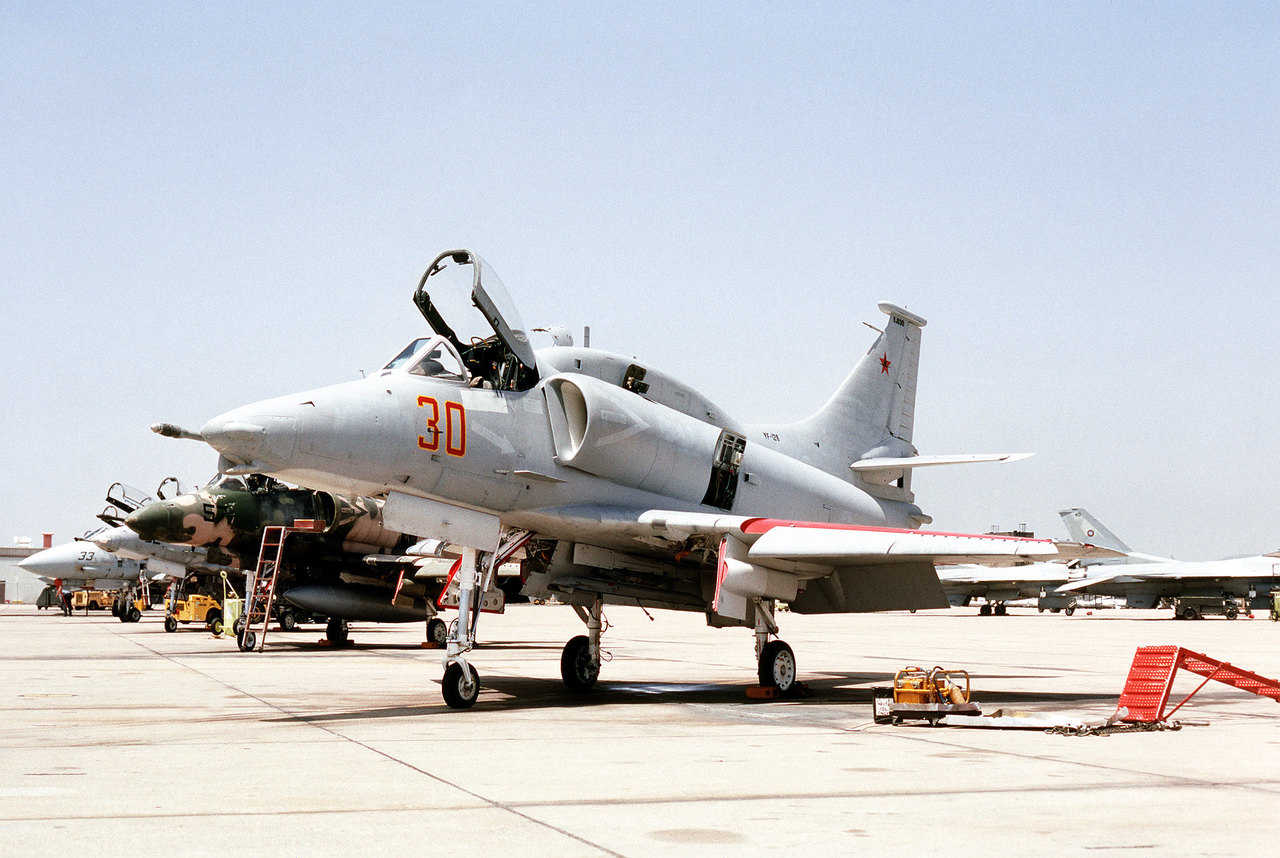Here's another classic aircraft of USN CV aviation, and one I think should be reconsidered. Revised and updated.
Douglas A-4 Skyhawk: The US Military's Beast in the Sky
It was a beast. But it's day is past unless it's a country with shallow pockets. There are hundreds of these just laying around and if reconditioned they can make a really good small airforce on the cheap. But during the same time period, there was another equally useful fighter, the F-5E that grew into the Hornet. Like the A-4, the F-5E is still used around the world and is constantly being updated.




